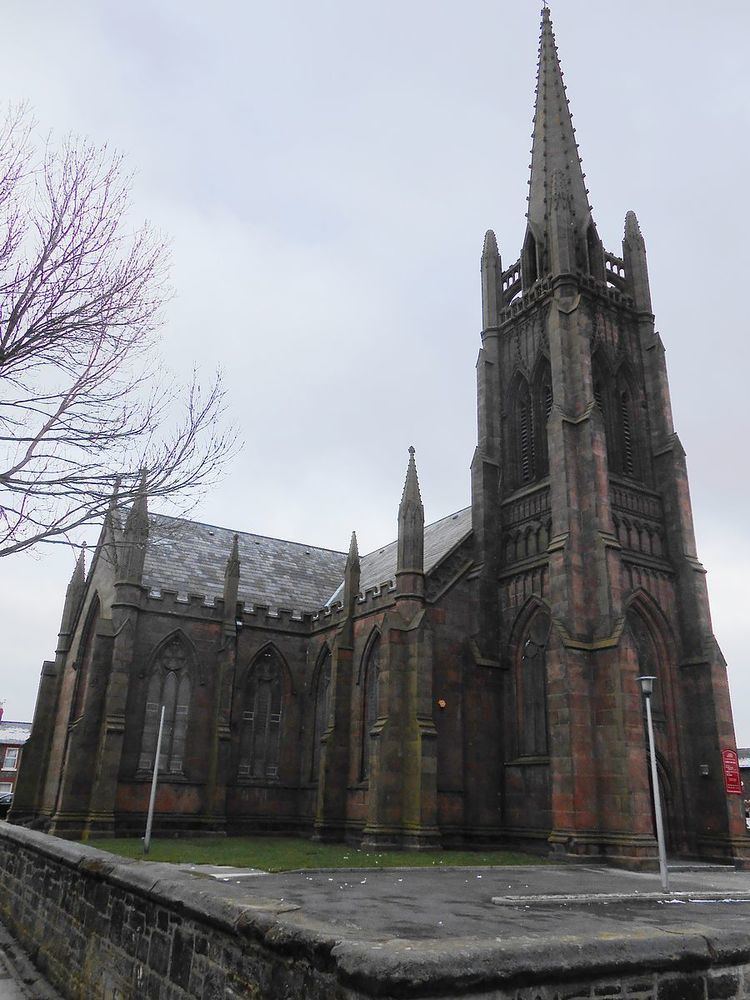OS grid reference SJ 311 895 Denomination Anglican Phone +44 151 666 1249 | Country England Opened 1893 | |
 | ||
Address Beckwith St, St Anne St, Birkenhead CH41 4JF, UK Similar Birkenhead Priory, St Mary's Tower & Birkenhe, Christ Church - Birkenhead, Birkenhead Monks Ferry rail, Flaybrick Hill Cemetery | ||
Metropolitan cathedral of christ the king liverpool 3 may 2016
The Church of Christ the King is in Beckwith Street, Birkenhead, Wirral, Merseyside, England. It is an active Anglican parish church in the deanery of Birkenhead, the archdeaconry of Chester, and the diocese of Chester. It is part of the Birkenhead Priory Parish, and serves the centre of the town of Birkenhead. The other church is the parish is the chapel of Birkenhead Priory. The church is recorded in the National Heritage List for England as a designated Grade II listed building.
Contents
History
The church was built between 1846 and 1850, and was designed by William Cole. In 1892–93 the chancel was more than doubled in length by Charles Aldridge. The church was originally dedicated to Saint Anne, but the dedication was changed to Christ the King in 1991 following internal alterations.
Architecture
The church is constructed in red sandstone ashlar with a slate roof, and is in Decorated style. The plan consists of a two-bay nave without aisles, north and south transepts, a chancel, north and south vestries, and a west tower and spire. The tower has a west entrance with a window above it, and three tiers of blind arcading above that. The bell openings are paired, and the parapet has fretted tracery. The spire is recessed, decorated with crockets, and supported by flying buttresses. The bays of the nave and transepts are divided by gabletted buttresses that rise to pinnacles, and each bay contains a three-light window. There are doorways on the north and south sides of the transepts; these are flanked by canopied niches containing statues.
Inside the church there are triple arcades between the nave and the transepts. The interior of the church has been subdivided. The two-manual pipe organ was built by Henry Willis & Sons, possibly in 1878. It was moved in 1897 from the chancel to a transept.
